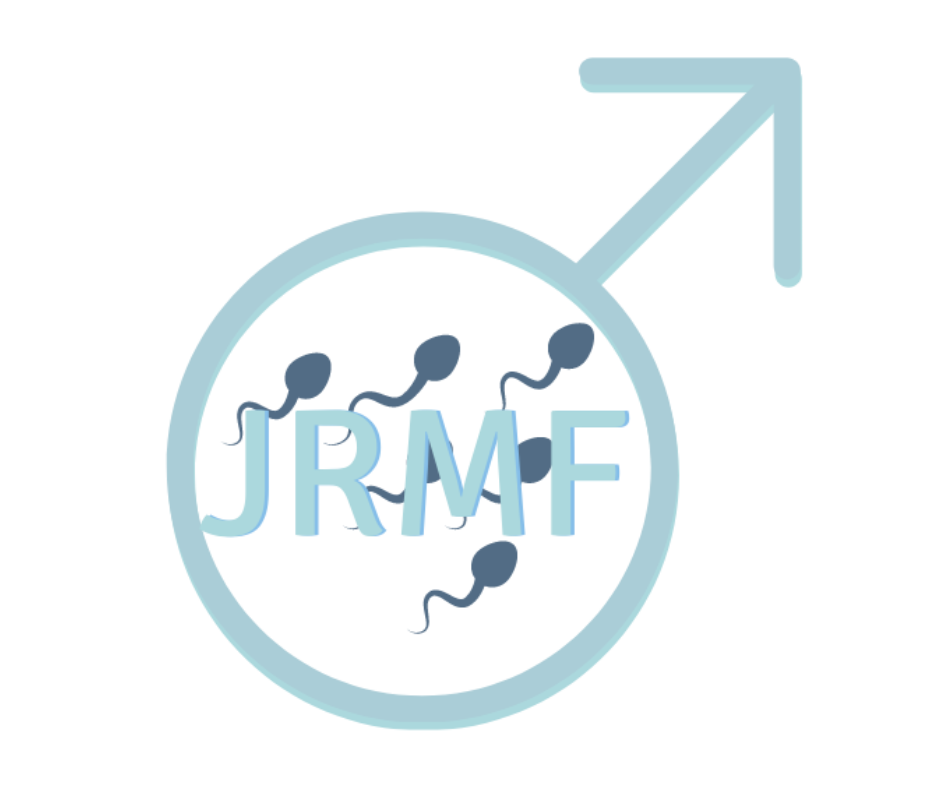I enjoyed this four-day conference in Liverpool. It is always interesting because it combines clinical doctors, mostly doing IVF, with scientists, many of whom are embryologists, but some of whom are active researchers. But there are many others – nutritionists, specialist nurses and young scientists and trainees – who have a great opportunity to present contemporary research projects. The subtitle of the meeting was ‘Reproduction – facts, myths and evidence’. This title tells us much about the industry which is, for better or worse, the engine room of fertility. Although the ‘currency’ of medical treatments is supposedly “evidence”, those of us who have grown up with IVF and ICSI know that the Holy Grail, also known as ‘evidence’, is a very slippery commodity. And so, it was refreshing to have some presentations more factually based.
So, what about the ‘myths’? The most important thing about the ‘myths’ is that the word appeared in the title at all, which acknowledges that we might have got a few things wrong – pretty unusual for the medical profession!
Three presentations stood out for me. The first was from Hagai Levine from Israel about declining sperm counts worldwide. If anyone has persisted to turn data into evidence, it is he. Hagai Levine first presented the data which showed a 50% decline in sperm counts worldwide since 1970 in 2017 and, guess what? The world was very reluctant to accept this uncomfortable proposition. Now, eight years on, he has confirmed the original data and has shown that the rate of decline has, in the past 20 years, increased. So now, still somewhat reluctantly, what started as a myth has travelled through ‘fact’ and now, I believe, can be regarded as ‘evidence’.
This was preceded by the most arresting and, I believe, most significant presentation that I have ever heard at a scientific meeting, and that is an awful lot of meetings! Jim Thornton’s topic was ‘We have the evidence, but can we trust it?’ The answer, across the board, is frankly “no”. Jim Thornton’s research showed that 14% of peer-reviewed publications contained ‘fake’ data, which usually lead to wrong conclusions. There are many compounding reasons for this. Sometimes, the data have been simply ‘manufactured’ or made up. Sometimes, from the same group of doctors, the same data have been recycled or repurposed, meaning that there were insufficient patients or observations to reach statistical significance. In other cases, the data may have been ‘correct’, but the statistics were wrong, and this was not spotted by those tasked to review the manuscript before publication.
Of course, it is not all doom and gloom, because 14% bad means 86% good, but for what it is worth I would predict even more erroneous published ‘scientific conclusions’ in the future because of, rather than in spite of, AI.
Doctors who might not be as IT literate as those who designed the algorithms have to be very careful when they employ AI to interrogate huge datasets. If the question we ask is even slightly wrong, and if 14% of that data are wrong anyway, the chatbot will give us a very confident wrong answer. That wrong answer then becomes ‘fact’ and is added to the 14%… and the ‘evidence’ just slips away.
Finally, Andrew Drakeley’s unit from the Hewitt Centre in Liverpool presented some new data on a subject very close to my own practice, about the effect of the DNA quality of sperm on reproductive outcomes – in this case, miscarriage rates.
From 100 couples with frequent early miscarriage, there was a clear association with a specific type of DNA damage in which both strands of the DNA helix are broken, as opposed to only one strand. So, this is merely a different type of DNA fragmentation test, but this sort of damage may prove to be more significant in terms of fertility outcomes. This may be a very useful test and might help us to understand better the whole subject of unexplained male infertility.
Always good to end on a positive note, I will post some relevant publications about the use of AI and double-strand DNA damage over the next few weeks. Meantime, I wish you all, past, present, and future patients, well for the future and with your onward fertility journeys.


